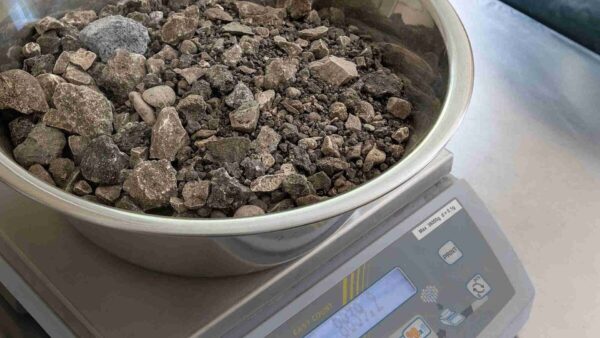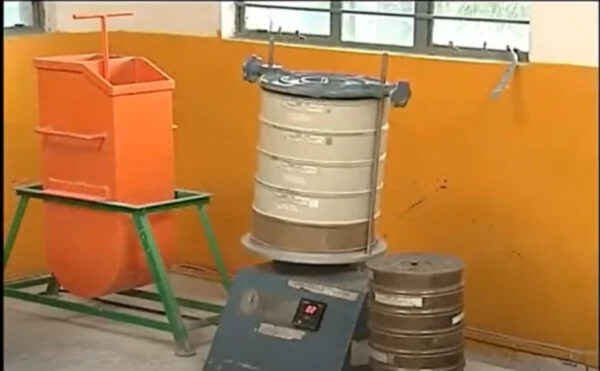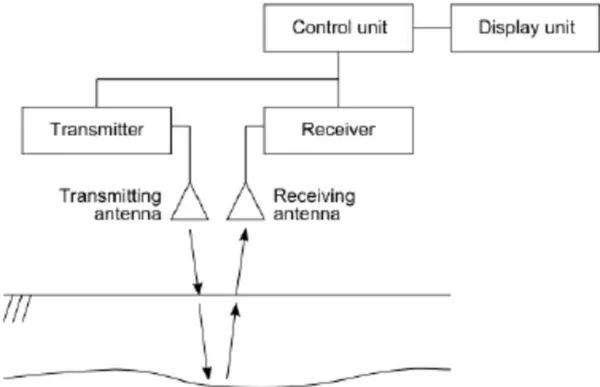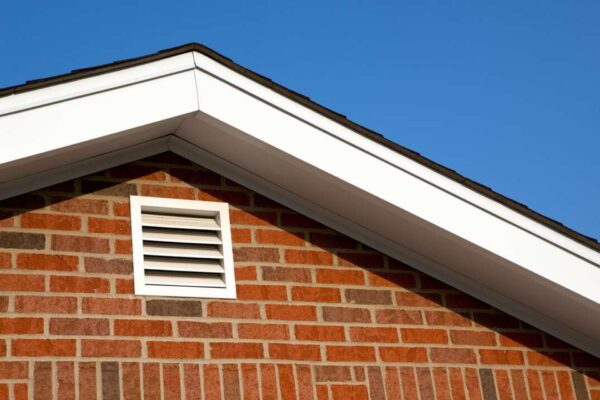Sieve analysis is a crucial process in determining the particle size distribution of coarse aggregates used in construction projects.
The IS code for sieve analysis of coarse aggregate is IS 2386.
The Indian Standard (IS) code provides guidelines for conducting sieve analysis to ensure consistent and accurate results.
Importance of Sieve Analysis
Coarse aggregates, such as gravel and crushed stone, play a vital role in the strength, durability, and workability of concrete mixtures.
The particle size distribution of these aggregates directly influences the properties of the concrete.
Sieve analysis helps in determining the grading of the aggregate, which is essential for designing concrete mixes that meet specific requirements.
By conducting sieve analysis according to the IS code, engineers and contractors can ensure that the aggregates used in their projects meet the necessary quality standards.
This, in turn, contributes to the overall safety, longevity, and performance of the structures being built.

IS Code for Sieve Analysis of coarse aggregate
The Indian Standard code that governs the sieve analysis of coarse aggregate is IS 2386 (Part 1): 1963 – “Methods of Test for Aggregates for Concrete: Part 1 Particle Size and Shape.” This code specifies the apparatus, sample preparation, test procedure, and calculation methods for determining the particle size distribution of coarse aggregates.
Apparatus Required:
- Test sieves: A set of sieves with square openings of sizes 80 mm, 63 mm, 50 mm, 40 mm, 31.5 mm, 25 mm, 20 mm, 16 mm, 12.5 mm, 10 mm, 6.3 mm, 4.75 mm, and a pan.
- Balance: A balance with an accuracy of 0.1% of the weight of the sample.
- Oven: An oven capable of maintaining a temperature of 110 ± 5°C.
- Mechanical sieve shaker (optional): A mechanical device that facilitates the sieving process.
Sample Preparation:
- Obtain a representative sample of the coarse aggregate in accordance with IS 2430.
- The sample size depends on the nominal maximum size of the aggregate and should be as per Table 1 of IS 2386 (Part 1): 1963.
- Dry the sample in the oven at a temperature of 110 ± 5°C until it reaches a constant weight.
- Allow the sample to cool to room temperature before proceeding with the test.
Test Procedure:
- Arrange the sieves in descending order of size, with the largest sieve at the top and the pan at the bottom.
- Place the dried and cooled aggregate sample on the top sieve and cover it with a lid.
- Agitate the sieves manually or using a mechanical sieve shaker for a sufficient period (usually 5-10 minutes) to ensure complete separation of the particles.
- Weigh the amount of aggregate retained on each sieve and the pan to the nearest 0.1% of the total sample weight.

Calculation and Reporting:
- Calculate the percentage of aggregate retained on each sieve by dividing the weight retained on each sieve by the total sample weight and multiplying by 100.
- Calculate the cumulative percentage retained on each sieve by adding the percentages retained on each sieve and all the sieves above it.
- Calculate the percentage passing each sieve by subtracting the cumulative percentage retained from 100.
- Plot the percentage passing against the sieve sizes on a semi-logarithmic graph to obtain the particle size distribution curve.
- Report the results in a tabular format, including the sieve sizes, weight retained, percentage retained, cumulative percentage retained, and percentage passing.
Interpretation of Results:
The particle size distribution curve obtained from the sieve analysis provides valuable information about the grading of the coarse aggregate.
The IS code for sieve analysis of coarse aggregate specifies grading requirements for different nominal maximum aggregate sizes, which are based on the percentage passing through specific sieves.
For example, for a nominal maximum aggregate size of 20 mm, the IS code specifies the following grading limits:
- 100% passing the 40 mm sieve
- 95-100% passing the 20 mm sieve
- 30-70% passing the 10 mm sieve
- 10-35% passing the 4.75 mm sieve
- 0-5% passing the 2.36 mm sieve
By comparing the results of the IS code for sieve analysis of coarse aggregate with the specified grading limits, engineers can determine whether the coarse aggregate meets the required quality standards.
If the grading falls outside the specified limits, adjustments may be necessary to ensure the desired performance of the concrete mixture.
Conclusion
Sieve analysis is a fundamental test in assessing the suitability of coarse aggregates for use in concrete construction.
The IS code for sieve analysis of coarse aggregate provides a standardized procedure for conducting sieve analysis, ensuring consistency and reliability in the results.
By adhering to the guidelines set forth in the IS code, engineers and contractors can make informed decisions regarding the selection and proportioning of aggregates in their projects.
What is Sieve Analysis of Coarse Aggregate?
Understanding the particle size distribution of coarse aggregates is crucial for designing concrete mixes that exhibit the desired strength, durability, and workability properties.
The IS code for sieve analysis of coarse aggregate results serve as a basis for optimizing the mix design, ultimately contributing to the quality and performance of the constructed structures.
It is essential for professionals in the construction industry to familiarize themselves with the IS code for sieve analysis of coarse aggregate and to implement its provisions in their testing procedures.
By doing so, they can ensure the use of high-quality aggregates that meet the necessary standards, leading to the production of concrete that is both safe and durable.






